Land Ho! After several days of picture-perfect downwind sailing in well-established winds, we were in our final stretch to the long-anticipated Canary Islands. Although almost a month late due to weather delays, we still have a good month left to enjoy what there is to offer. Crystal clear skies on our last night meant we finally got the chance to view comet C/2023 A3, conveniently positioned just next to the equally vibrant milky way. The first two nights on Tenerife were at anchor on the north end of the island, where the light blue water was warm and transparent, with the seabed almost 50 feet under our hulls was visible from the surface, rivaling some areas of the Caribbean islands.
As of now, we are sheltered at Marina Santa Cruz, where we will spend the majority of next week before continuing on to the south end of the island before hopping over to La Gomera.
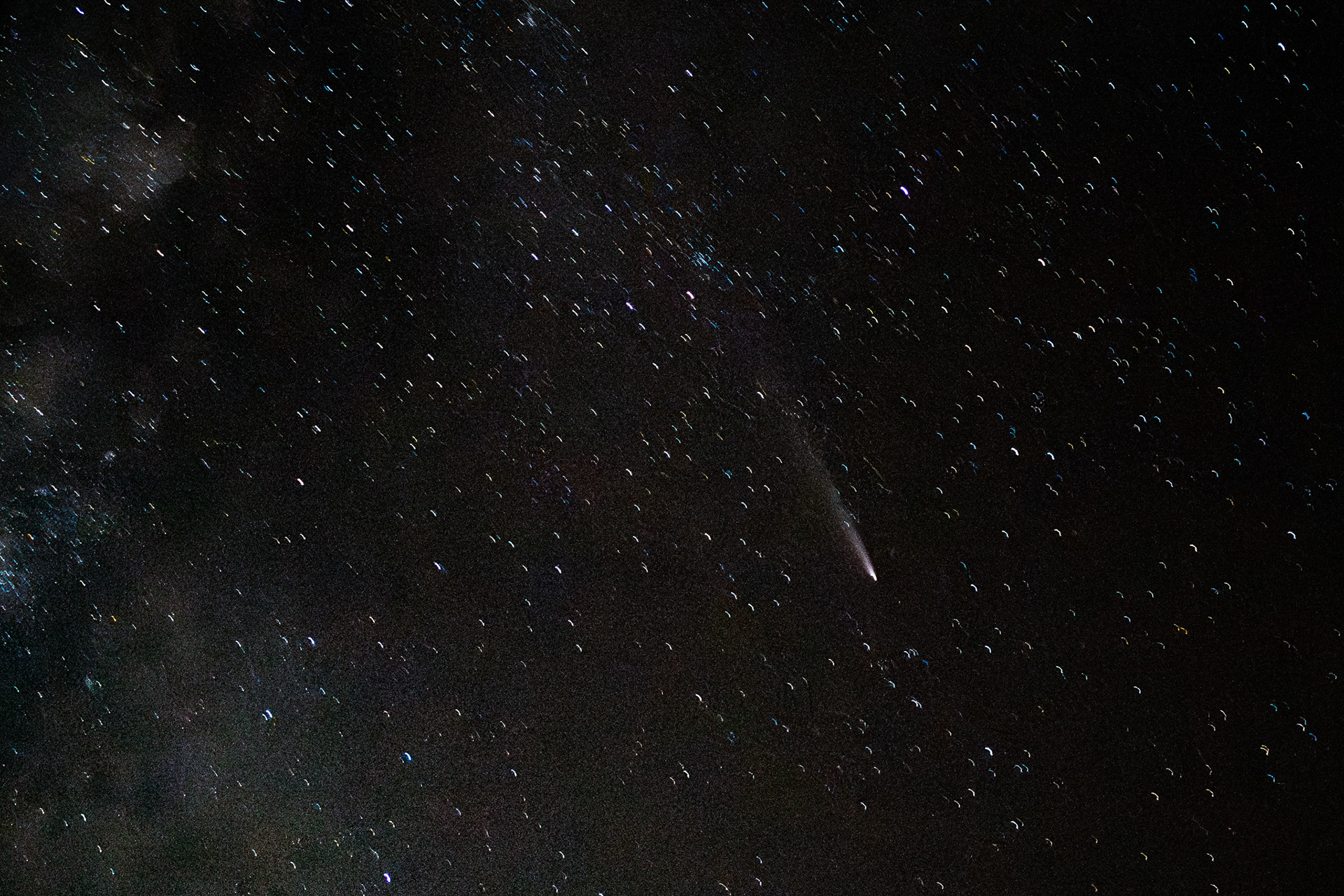
Comet C/2023 A3, seen 20 miles offshore of Tenerife, Canary Islands
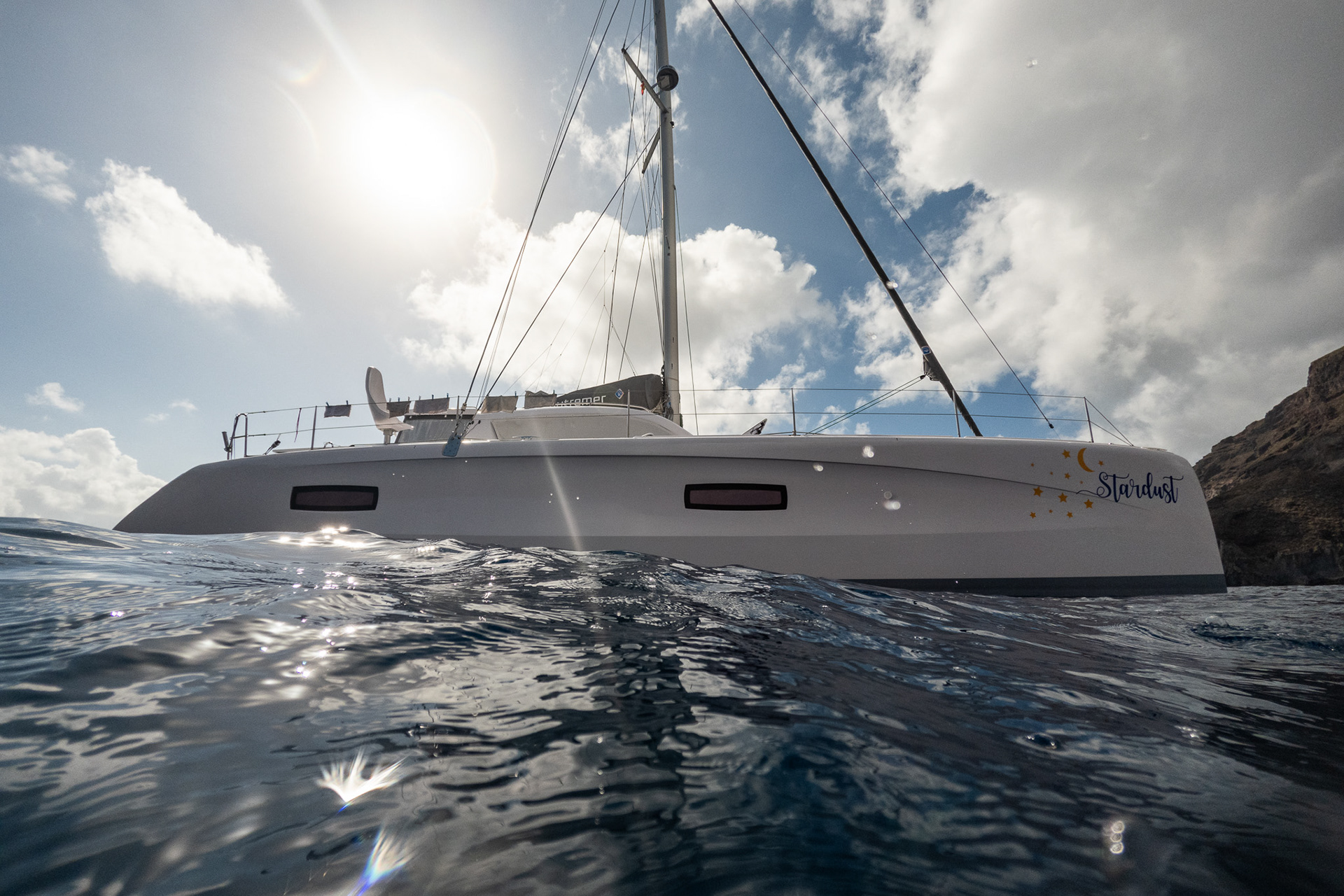
Stardust sits at anchor
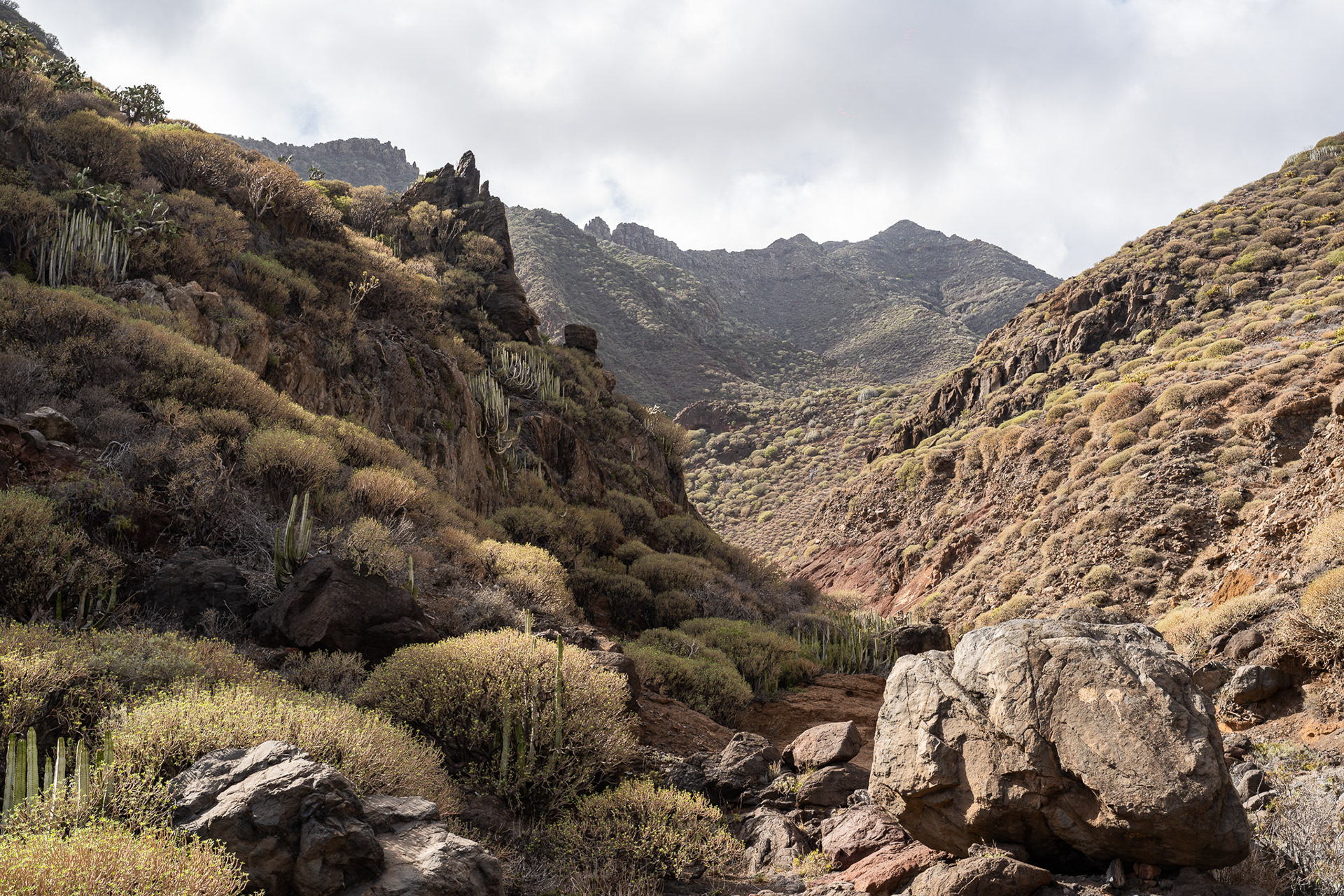
A winding valley along the north point of Tenerife
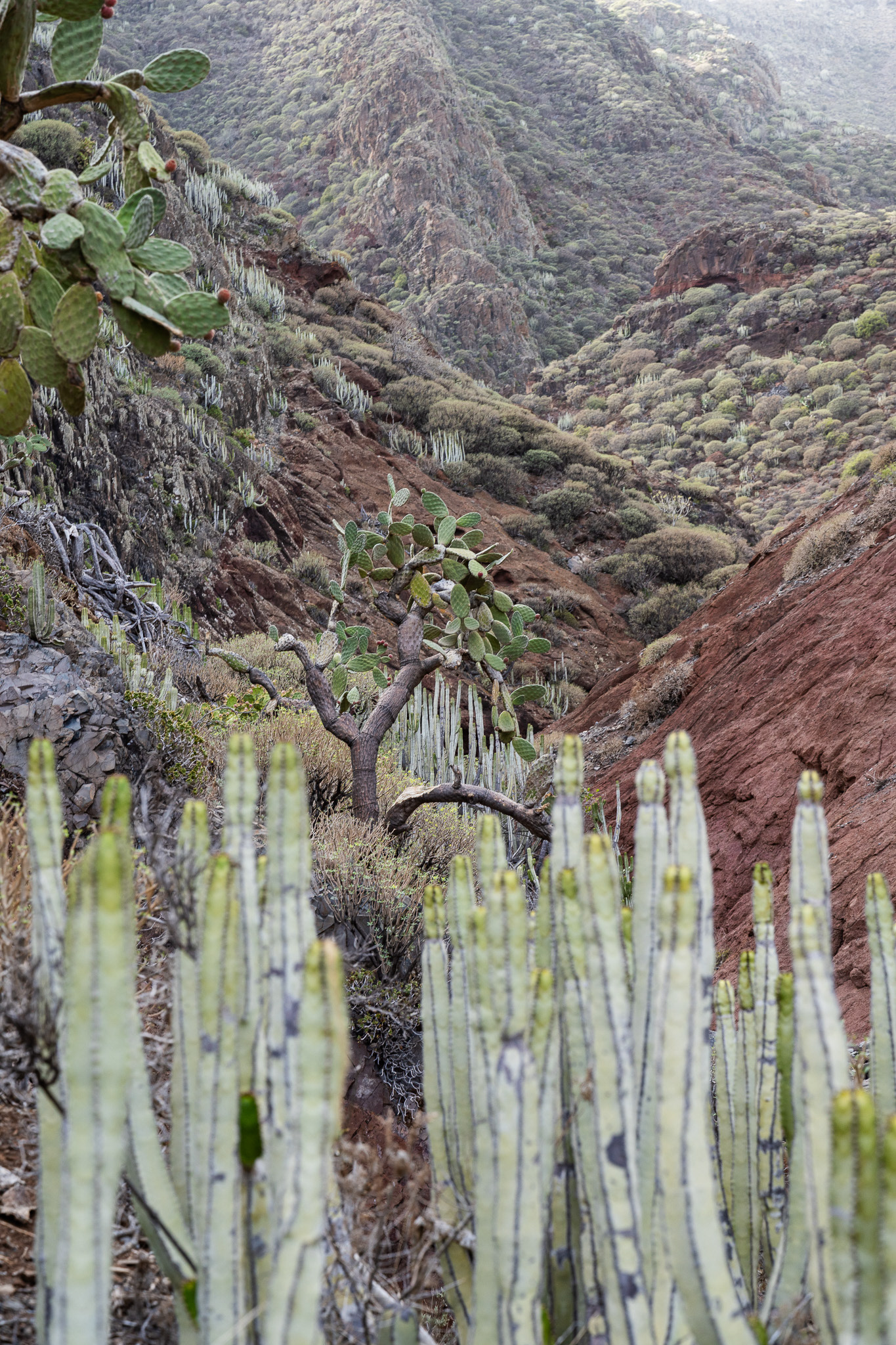
Tenerife is home to many plants, including many cacti
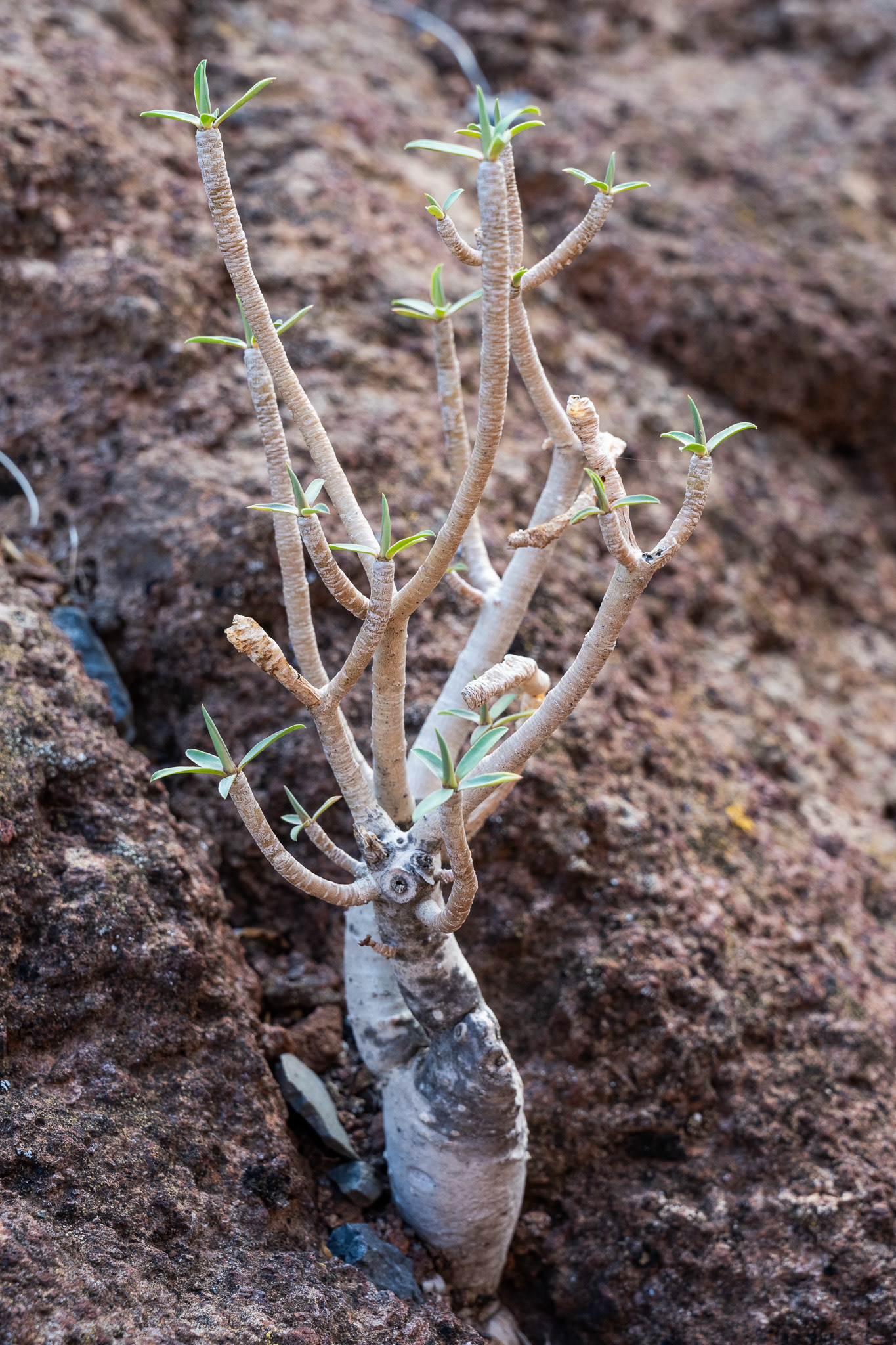
A tubular plant forces itself out of the dry, cracked earth
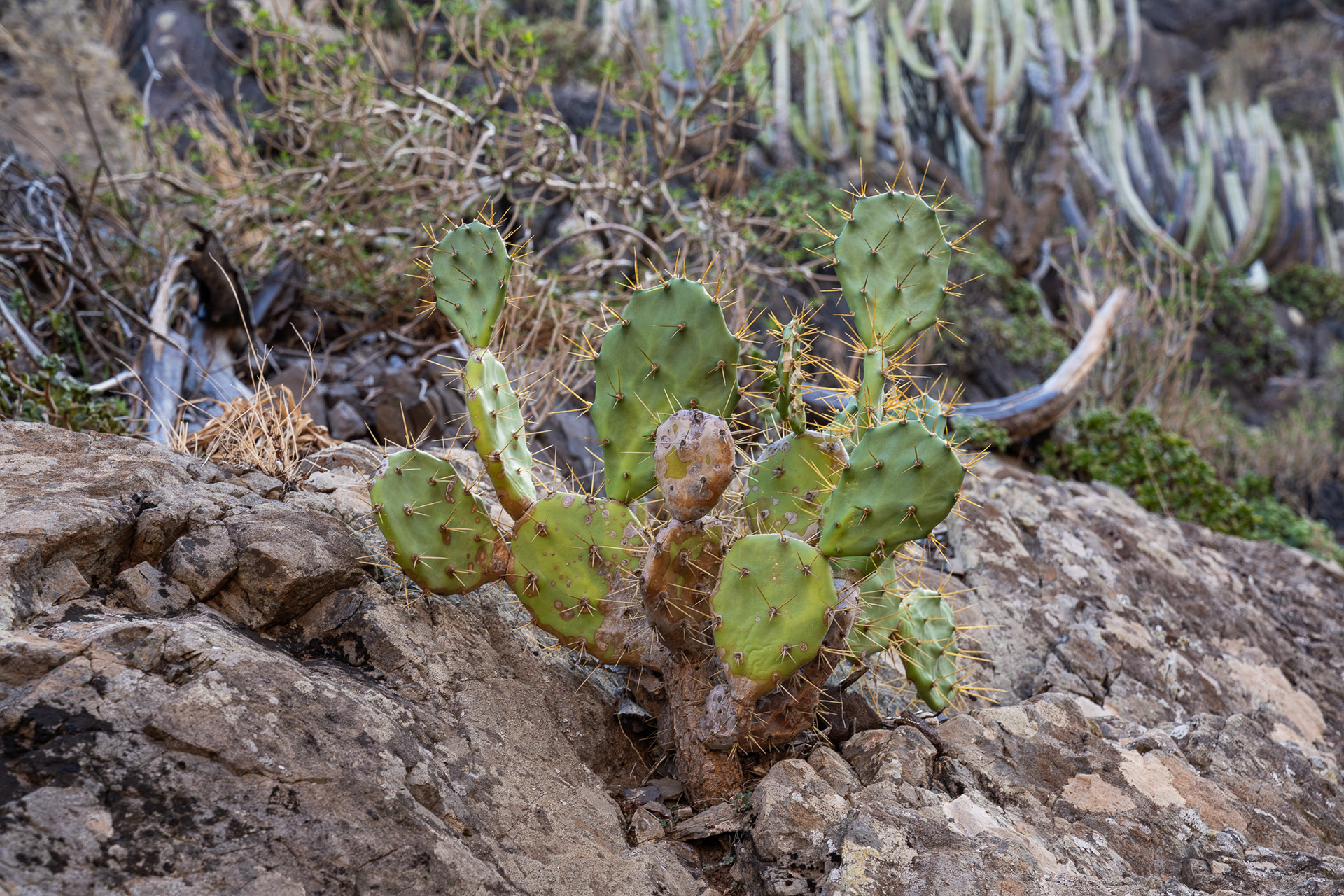
A species of prickly pear cactus. Some other plants had dark red fruit
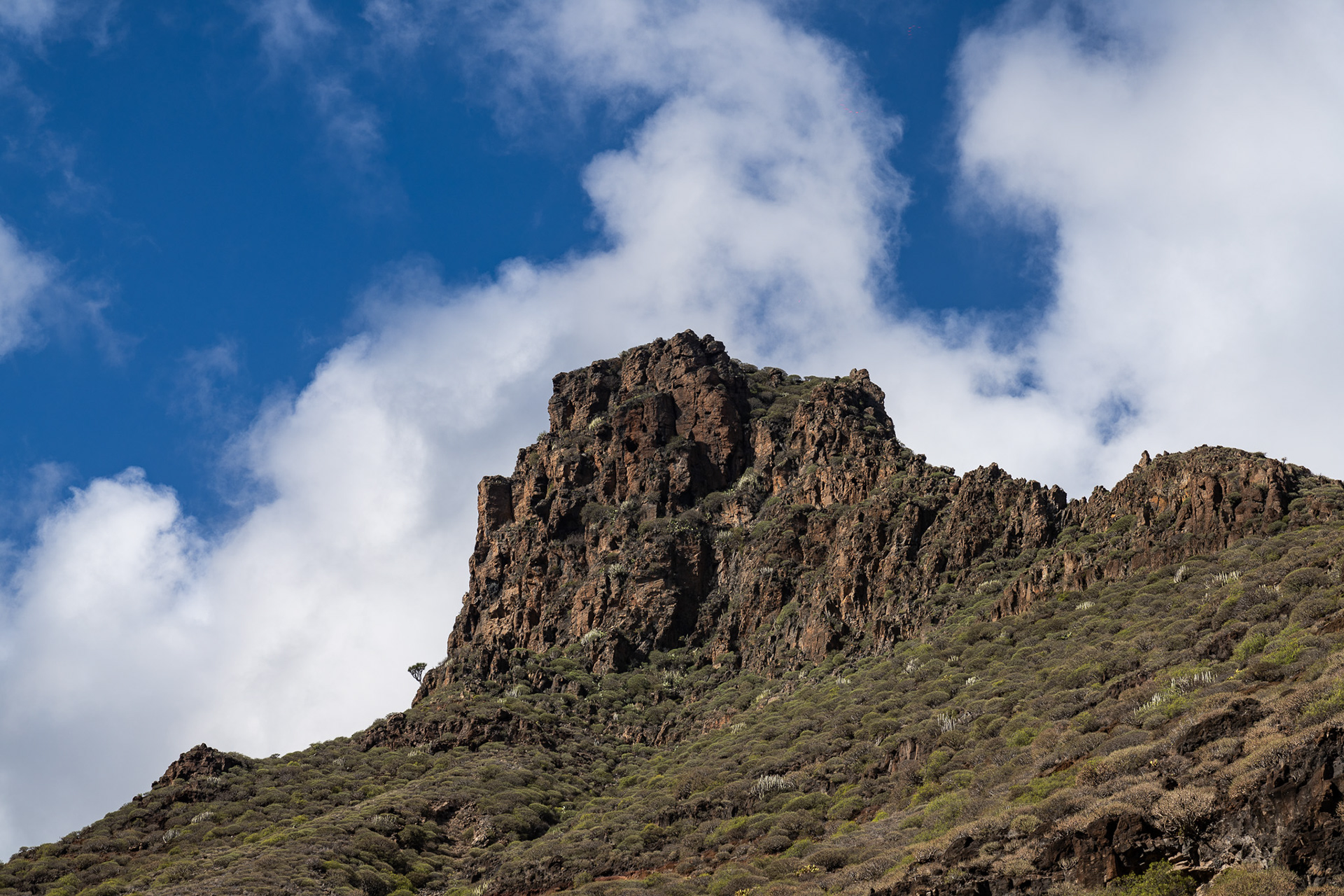
A vertical facade
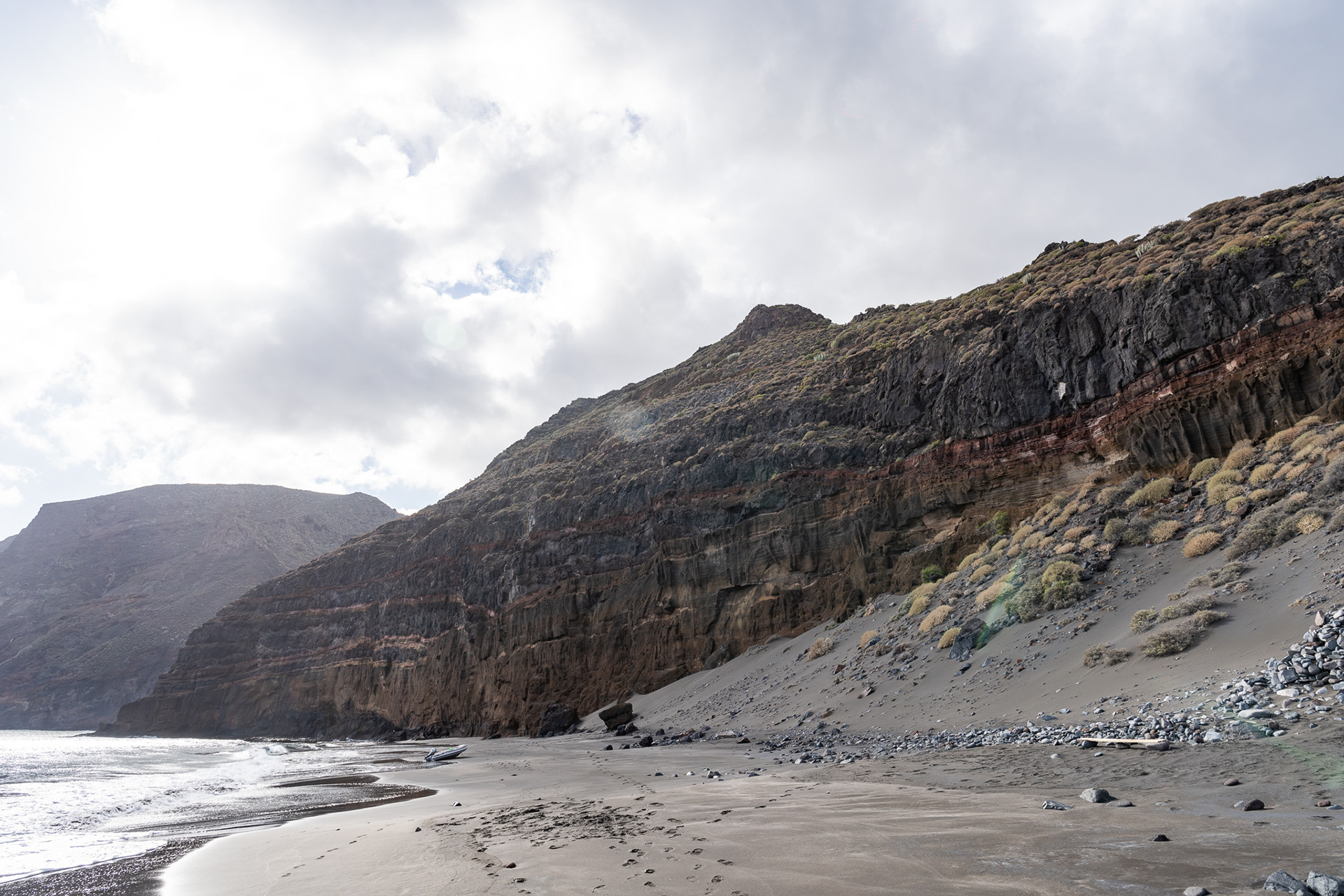
Much of the Canary Islands is covered in black sand, from the volcanic rock that makes up each of the islands
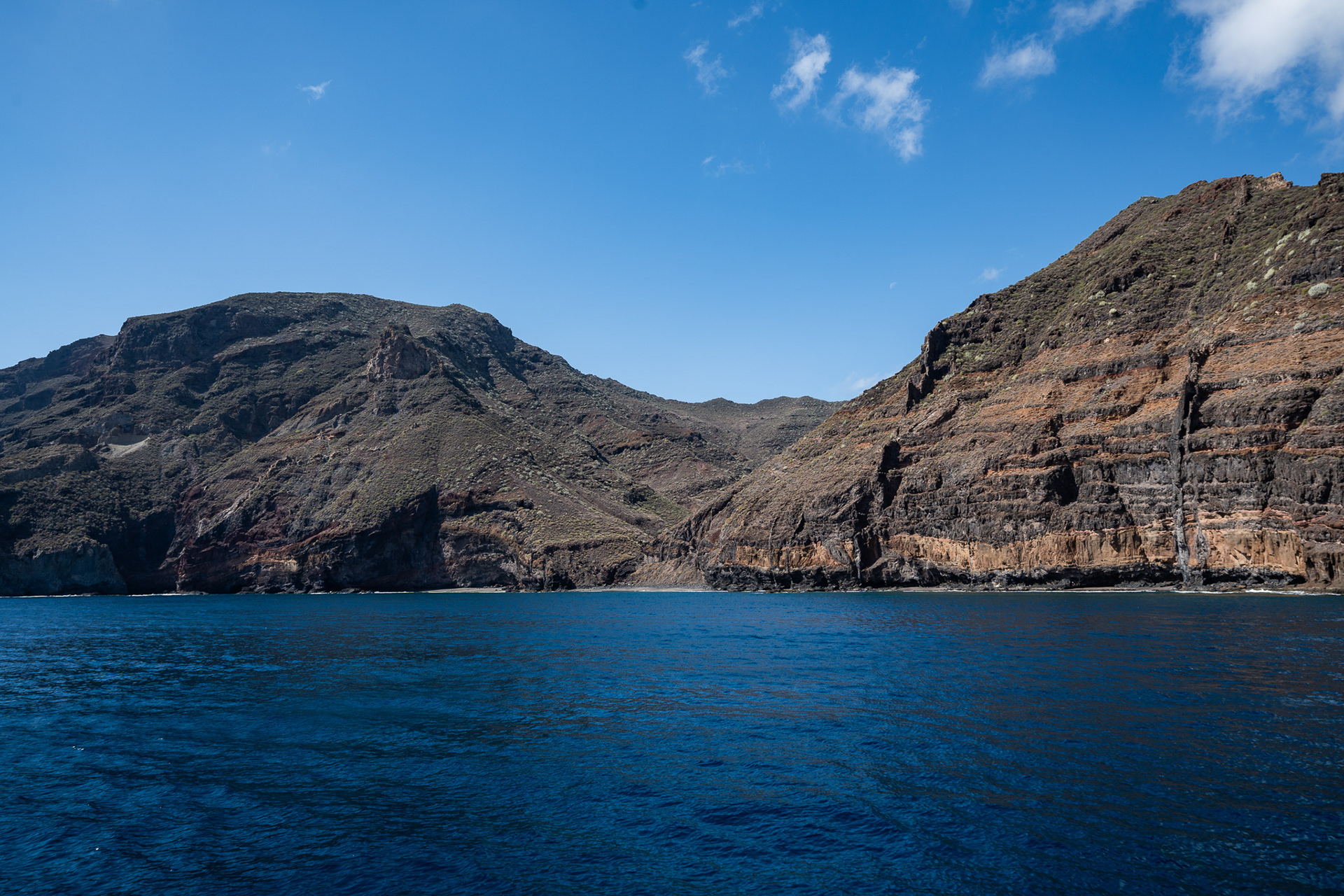
This picture in particular reminds me of a more arid Nuku Hiva, Marquesas
